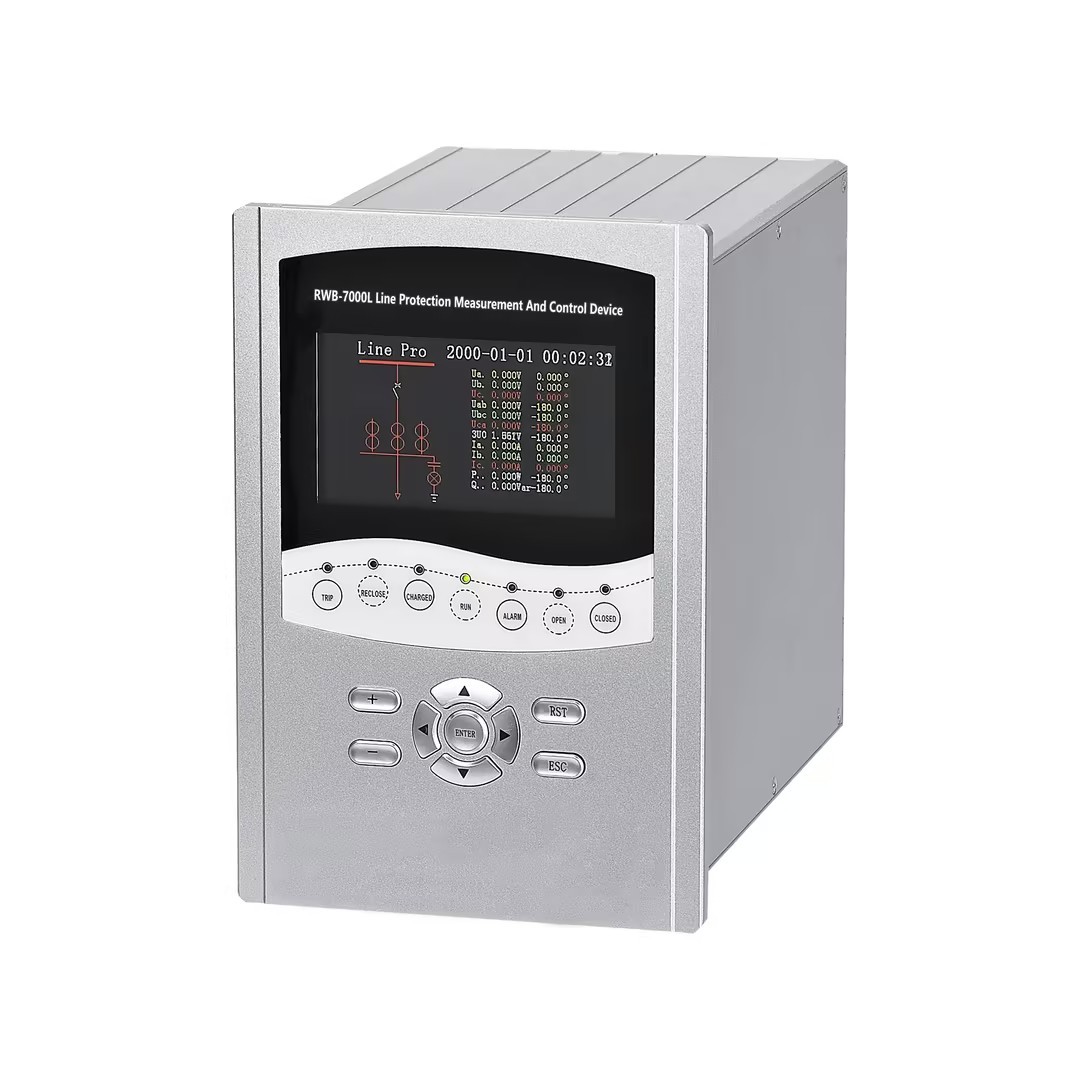| Brand | ROCKWILL |
| Model NO. | KGC-1189Desktop Dissolved Gas Analysis Analyzer |
| Signal output digits | 24 Bit |
| Temperature control accuracy of column box | ± 0.02℃ |
| Display accuracy | 0.01℃ |
| Series | KGC |
Overview:
The KGC-1189 Desktop Dissolved Gas Analysis Analyzer(DGA) is suitable for the determination of the content of dissolved gas components in the insulating oil of the power system. With a single injection, it can complete a comprehensive analysis of the contents of seven gas components dissolved in the insulating oil, namely hydrogen (H₂), carbon monoxide (CO), carbon dioxide (CO₂), methane (CH₄), ethylene (C₂H₄), ethane (C₂H₆), and acetylene (C₂H₂). Its minimum detection concentration for acetylene can reach 0.1 ppm.
Main feature:
Built - in remote control technology for intuitive display of instrument gas path pressure
Remote control technology for temperature setting and display operations of the instrument
Remote control technology for one - key startup
Computer remote control to complete operations such as ignition and current setting with a click
Digital FID electronic zero - adjustment technology to enhance the instrument's anti - interference ability
Thermal conductivity tungsten filament protection function against gas interruption
Technology parameters:

Gas path process :

Schematic diagram:
Schematic diagram of hydrogen flame ionization detector (FID)

Structural diagram of hydrogen flame ionization detector (FID)








